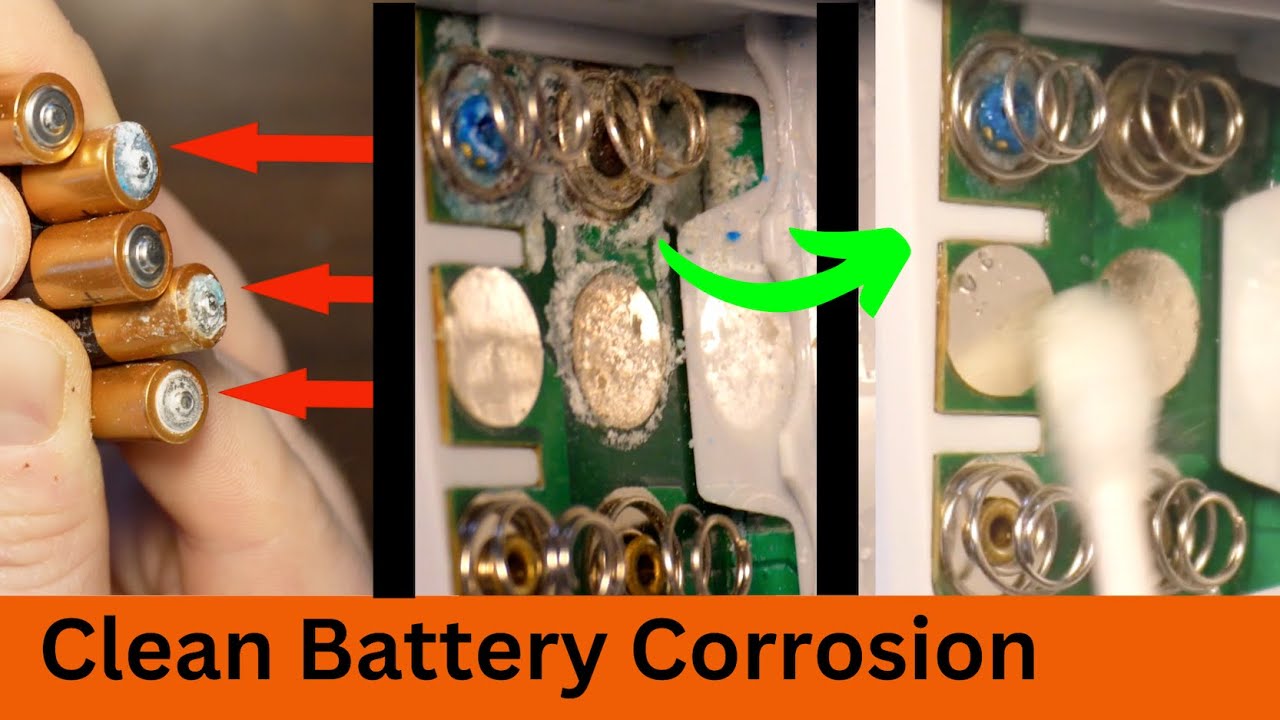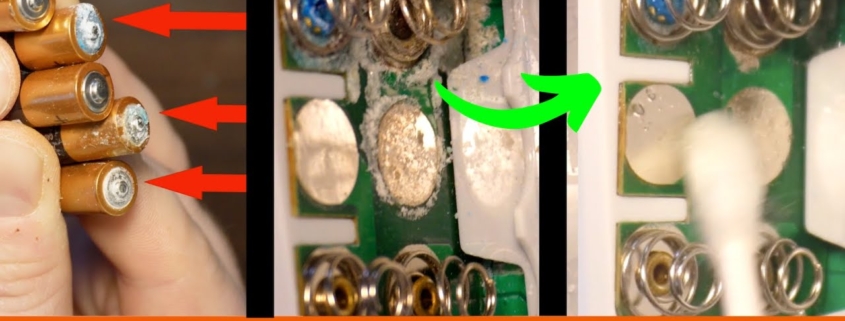How to Clean 18650 Battery Contacts: Ultimate Guide
Are you struggling with poor performance from your 18650 batteries? The culprit might be dirty battery contacts. In fact, learning how to clean 18650 battery contacts properly can dramatically improve your device’s performance and extend battery life.
Today as a professional 18650 battery packs manufacturer, I’m going to show you exactly how to clean those contacts using proven methods that work in 2025. The best part? You probably already have everything you need at home.
Let’s dive in.

Why Battery Contact Cleaning Matters
First, let’s talk about why this is so important.
18650 batteries are the workhorses of the electronics world. They power everything from flashlights to laptops to electric vehicles.
But here’s the deal:
Even the best 18650 battery won’t perform well if its contacts are dirty or corroded.
In fact, a recent industry study found that dirty contacts can reduce battery efficiency by up to 30%.
That’s HUGE.
The question is: what causes these contacts to get dirty in the first place?
The main culprits are:
-
Oxidation (a chemical reaction with oxygen)
-
Corrosion from environmental factors
-
Dirt and debris buildup
-
Residue from handling (oils from your fingers)
When these issues affect the metal contacts of your battery, they create resistance. And more resistance means less power transfer.
Bottom line? Clean contacts = better performance.
What You’ll Need to Clean Battery Contacts
Before we get into the step-by-step process, let’s gather all the supplies:
Basic Cleaning Supplies:
-
Isopropyl alcohol (91% or higher)
-
Cotton swabs or microfiber cloth
-
Baking soda
-
White vinegar or lemon juice
-
Old toothbrush with soft bristles
-
Rubber gloves (recommended)
-
Safety glasses (recommended)
-
Paper towels
For More Serious Corrosion:
-
Fine-grit sandpaper (1000 grit or higher)
-
Fiberglass pen (optional)
-
Battery terminal brush
-
Dielectric grease
Pro Tip: Always work in a well-ventilated area when cleaning battery contacts. And never clean batteries while they’re installed in a device!
Different Types of Battery Contact Issues
Not all battery contact problems are the same. Here’s how to identify what you’re dealing with:
Light Oxidation
This appears as a light haze or discoloration on the metal contacts. It’s the easiest to clean and typically just requires a light wipe-down.
Corrosion
Corrosion looks like a white, green, or blue crusty substance on the contacts. This requires more aggressive cleaning techniques.
Physical Damage
If the contacts are bent, broken, or severely pitted, cleaning might help but replacement might be necessary.
Let’s look at how to deal with each of these issues.
How to Clean 18650 Battery Contacts: Step-by-Step Guide
Now for the main event: the actual cleaning process. I’ve broken this down into simple steps that anyone can follow.
Method 1: Basic Cleaning for Light Oxidation
This is your go-to method for regular maintenance or lightly soiled contacts:
-
Remove the battery safely
First, take the 18650 battery out of your device. Make sure it’s not connected to any power source.
-
Inspect the contacts
Look at both the positive and negative terminals of the battery. Note any visible dirt, oxidation, or corrosion.
-
Apply isopropyl alcohol
Dip a cotton swab in isopropyl alcohol (91% or higher). Make sure it’s damp but not dripping.
-
Clean the contacts
Gently rub the cotton swab on the battery terminals in a circular motion. You’ll likely see the cotton swab picking up dark residue – that’s the oxidation coming off!
-
Dry thoroughly
Allow the contacts to air dry completely before using the battery again. This usually takes only 1-2 minutes since isopropyl alcohol evaporates quickly.
Method 2: Dealing with Stubborn Corrosion
If your battery contacts have visible corrosion or aren’t responding to basic cleaning:
-
Create a neutralizing solution
Mix a small amount of baking soda with water to create a paste. For the positive terminal, you can use vinegar or lemon juice instead (which works better for acidic corrosion).
-
Apply the paste
Using a cotton swab or soft toothbrush, apply the paste to the corroded areas. You might see some bubbling – that’s the chemical reaction working to neutralize the corrosion.
-
Gently scrub
Use the toothbrush to work the paste into the corroded areas. Don’t apply too much pressure – you don’t want to damage the battery housing.
-
Rinse and dry
Wipe away the paste with a slightly damp cloth, then dry thoroughly with a clean, dry cloth or paper towel.
-
Final alcohol cleaning
Once the corrosion is removed, do a final clean with isopropyl alcohol as described in Method 1.
Method 3: For Spot-Welded Contacts or Nickel Strips
If you’re dealing with 18650 batteries salvaged from battery packs that have spot-welded nickel strips:
-
Assess the connection
Look at how the nickel strip is attached. Most are spot-welded at specific points.
-
Use needle-nose pliers
Carefully grip the edge of the nickel strip with needle-nose pliers and roll them against the end of the battery. This often allows you to peel the strip off.
-
Remove residual material
After removing the bulk of the strip, you may have small welded points remaining. For these, you have two options:
a) Light sanding: Use fine-grit sandpaper (1000+ grit) to gently sand the contact until smooth
b) Rotary tool: On the lowest setting, you can carefully use a rotary tool to smooth out the contact
-
Clean thoroughly
After removing the spot welds, clean the contact using Method 1 above.
Battery Terminal Maintenance Techniques
Maintaining your battery terminals goes beyond just cleaning. Here are some advanced techniques for keeping your 18650 batteries in top condition:
Preventing Future Corrosion
After cleaning your battery contacts, you can apply a thin layer of dielectric grease to the terminals. This creates a protective barrier that prevents oxidation while still allowing electrical conductivity.
Proper Battery Storage
How you store your 18650 batteries greatly impacts contact cleanliness. Store them in:
-
Plastic battery cases
-
Cool, dry environments
-
Away from metal objects that could cause shorts
Regular Inspection Routine
Make checking your battery contacts part of your regular maintenance:
-
Visually inspect contacts every 3-4 months
-
Clean at the first sign of discoloration
-
Check for any physical damage to the contacts
Dealing with Recessed Contacts
Some devices have recessed battery compartments that are hard to reach:
-
Use cotton swabs with longer handles
-
Try compressed air to blow out debris
-
Use alcohol-soaked dental floss for tight spaces
Safety Considerations When Cleaning Battery Contacts
Safety should always be your priority when working with lithium-ion batteries like 18650s:
Never Short Circuit
Always be careful not to connect the positive and negative terminals with anything metallic during cleaning.
Watch for Battery Damage
If you notice any of these warning signs, discontinue use immediately:
-
Dents or punctures in the battery casing
-
Leaking fluid
-
Unusual warmth
-
Bulging or swelling
Proper Disposal of Cleaning Materials
Battery corrosion can be harmful:
-
Don’t reuse cloths or swabs used for battery cleaning
-
Dispose of them according to local regulations
-
Wash your hands thoroughly after cleaning
The Bottom Line on 18650 Battery Contact Cleaning
Keeping your 18650 battery contacts clean is one of the easiest and most effective ways to improve device performance and extend battery life.
To recap the most important points:
-
Regular cleaning prevents performance issues before they start
-
Isopropyl alcohol is your best friend for routine cleaning
-
Baking soda paste works well for neutralizing corrosion
-
Always ensure contacts are completely dry before use
-
Apply dielectric grease to prevent future oxidation
Remember: even the most expensive 18650 batteries won’t perform well if their contacts are dirty or corroded. A simple 5-minute cleaning routine can make all the difference.
So the next time your flashlight seems dim or your vape isn’t hitting right, don’t rush to replace the battery. Try cleaning those contacts first!
Now you know exactly how to clean 18650 battery contacts properly. With these techniques, you’ll keep your batteries performing at their best for years to come.
Have you tried cleaning your battery contacts before? Let me know your results in the comments below!








